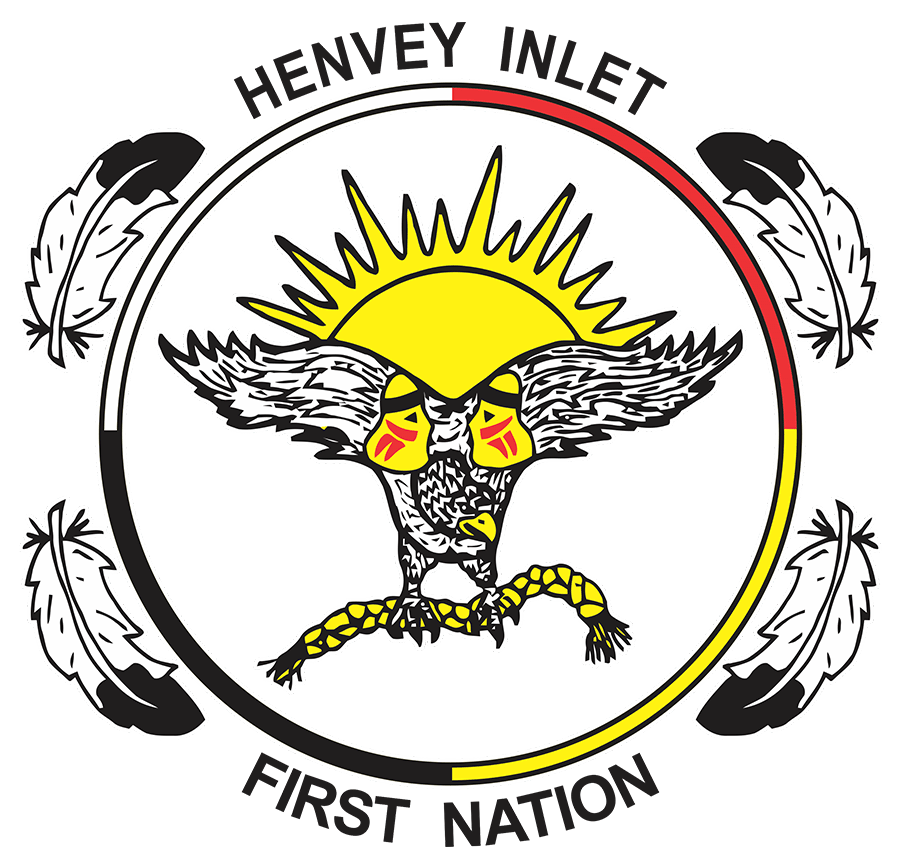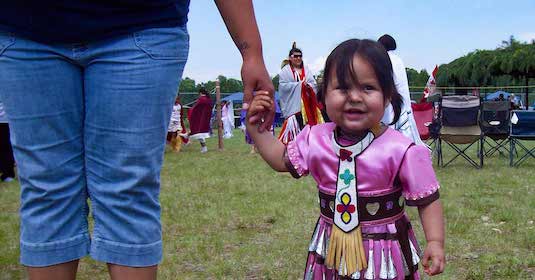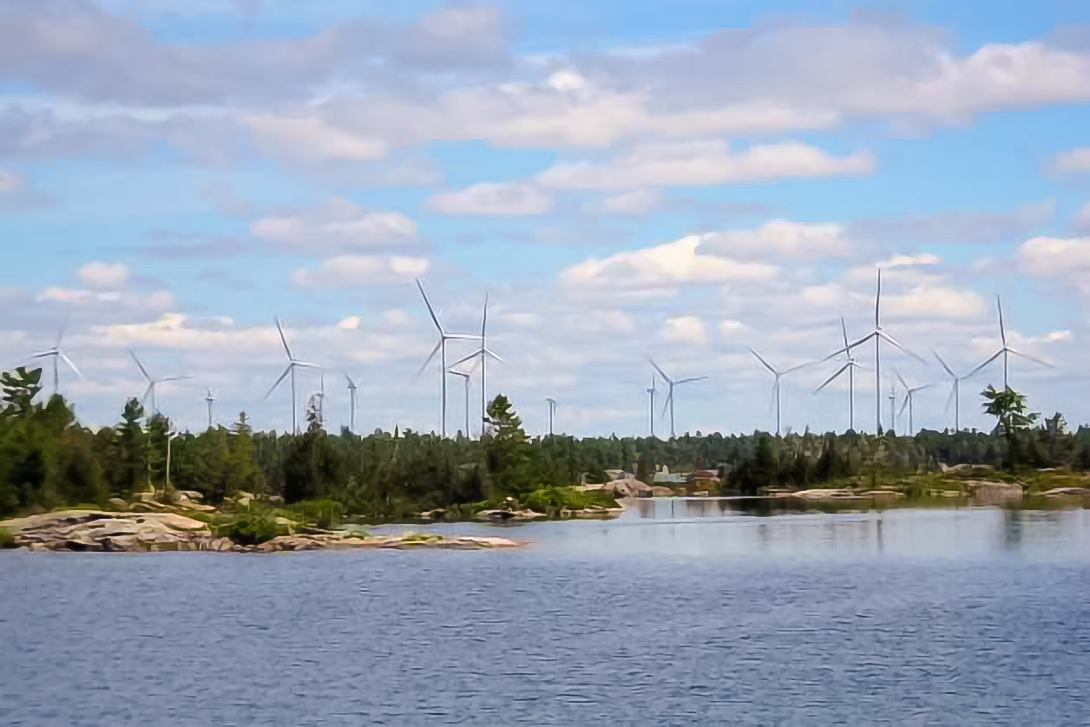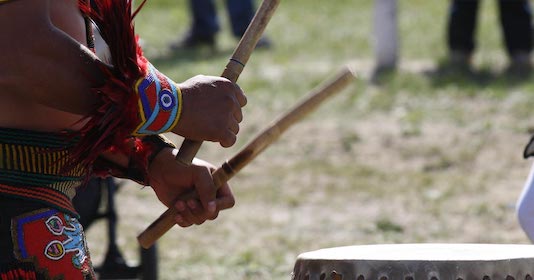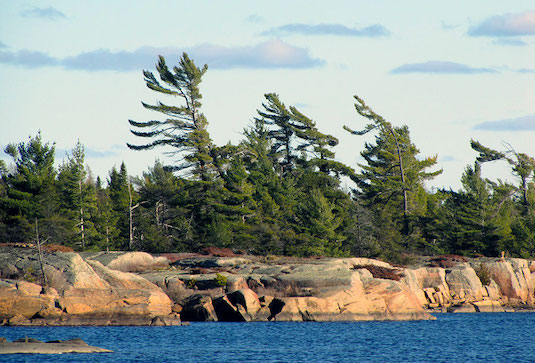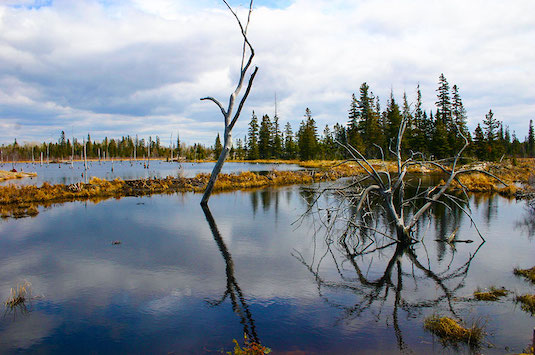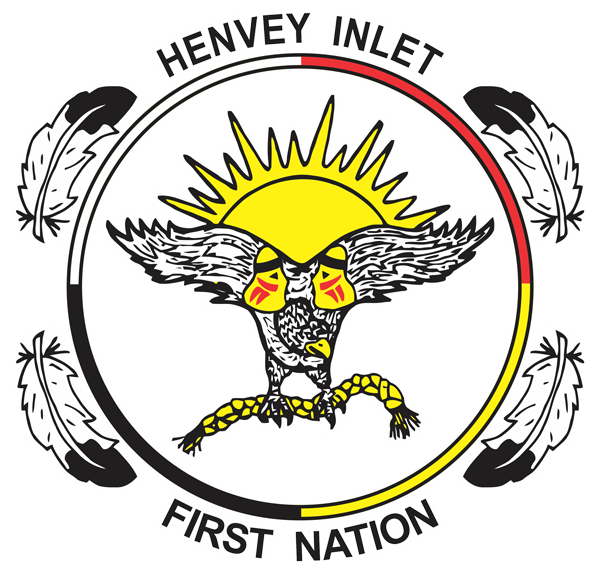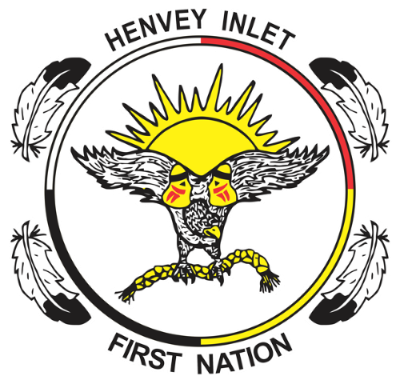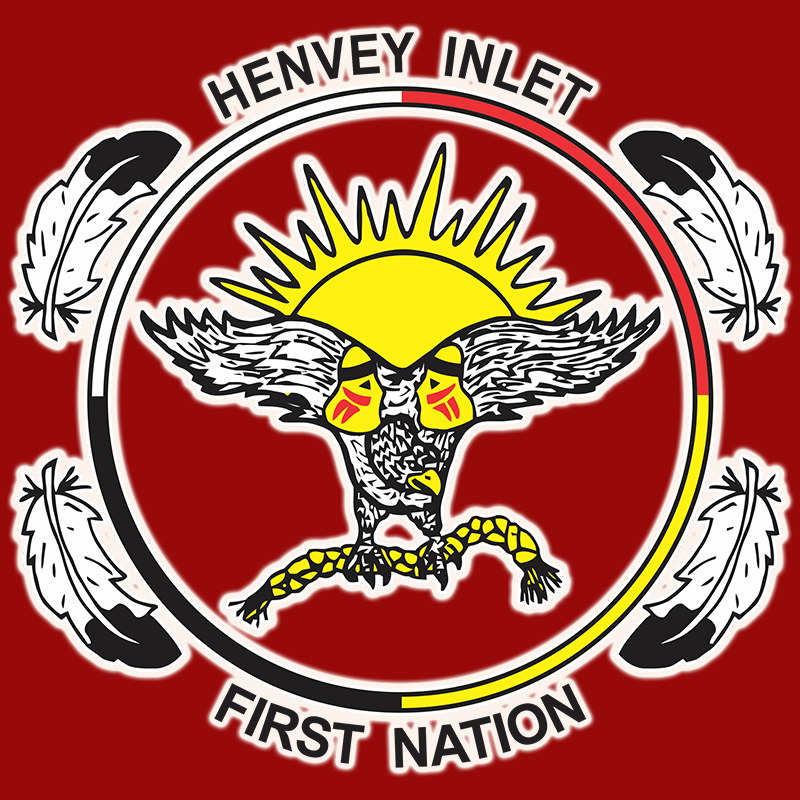First Nations women in Ontario at high risk, Chiefs say
News Release - Chiefs of Ontario, Tuesday, August 13, 2013
Chiefs of Ontario highlight third death of First Nation woman in city of Toronto as calls for inquiry into missing and murdered Aboriginal women as dismissed by federal Tories
TORONTO, ON (August 13, 2013) - As calls for a national Inquiry into missing and murdered Aboriginal women are dismissed by the federal Tories in Canada, the list of suspicious deaths of First Nations women in Ontario mounts.
Just eight months into this year, three suspicious deaths of First Nations women have occurred in the City of Toronto alone raising alarm from the Chiefs of Ontario Women's Caucus.
The deceased include Cheyenne Fox (Sheguiandah First Nation), Terra Gardner (Nigigoonsiminikaaning First Nation) and more recently, Bella Laboucan McLean (Sturgeon Lake Cree First Nation).
Some of the families of these women who have died in the City of Toronto have raised concerns about the under-investigations of their deaths and inadequate police complaint mechanisms and oversight procedures.
According to the database held by the Native Women's Association of Canada, there are 70 cases of missing and murdered Aboriginal women in Ontario, almost all (90 percent) of these women are or were mothers and almost half (45 percent) of these cases remain unsolved.
"I am not sure who else besides the Conservative government doesn't want a national Inquiry, focusing on prevention will not address this growing problem," stated Ontario Regional Chief Stan Beardy.
Three weeks ago the Premiers of the provinces in Canada unanimously also backed this call.
Numerous other civil society organizations both in Canada and internationally have done the same.
A provincial working group and a federal special parliamentary committee have also been working to address violence against Aboriginal women but First Nations leaders say they are no substitute to an independent national inquiry process which will hear directly from families and communities of victims and will lead to an examination of root causes and a national strategy.
Through the Assembly of First Nations and on their own, the 133 First Nations in Ontario have been demanding a National Inquiry into missing and murdered Aboriginal women.
At their annual meeting in June 2013 they endorsed a very significant declaration to support ending violence and abuse in communities and against First Nations peoples.
This declaration arose out of the growing epidemic of violence and abuse facing many First Nations peoples, especially women and girls, in their families, in their communities and elsewhere.
"First Nations leaders have affirmed their commitment to ensure women are safe in First Nation communities but in society at large, we hold the governments accountable for their respectful treatment, safety and protection," stated Beardy.
Many First Nations women and girls face unbelievable conditions that put them in an extremely vulnerable and unsafe position.
First Nations women in Ontario are not only at very high risk of enduring violence and abuse wherever they live, they are also severely overrepresented in the correctional system.
While First Nations people represent only 2 percent of the total population in Ontario, First Nations women represent 53 percent of the prison population in the northern region of Ontario and 20 percent of female prison population province-wide.
Systemic discrimination has been cited as one of the root causes.
On the week of August 5, 2013, representatives of the Inter-American Commission on Human Rights came to Canada to analyze the situation of missing and murdered Aboriginal women in British Columbia.
They will be issuing a report on their findings. Next month, the United Nations Committee on the Elimination of Discrimination against Women will also be sending two experts to investigate the issue.
The Chiefs of Ontario Women's Caucus is hoping to file an intervention on the situation in the province.
The Chiefs of Ontario is a political forum, and a secretariat for collective decision making, action, and advocacy for the 133 First Nation communities located within the boundaries of the province of Ontario, Canada.
